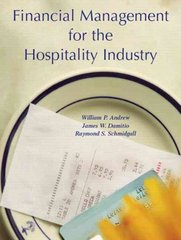Answered step by step
Verified Expert Solution
Question
1 Approved Answer
Part 1: Continue, the simulation by creating a two-way data table, where the row input is the deductible amount, varied from $500 to $2000 in
Part 1: Continue,the simulation by creating a two-way data table, where the row input is the deductible amount, varied from $500 to $2000 in multiples of $500. Now find the average amount you pay, the standard deviation of the amounts you pay, and a 95% confidence internal for the average amount you pay for each deductible amount.
Question 1 answer is below:



Step by Step Solution
There are 3 Steps involved in it
Step: 1

Get Instant Access to Expert-Tailored Solutions
See step-by-step solutions with expert insights and AI powered tools for academic success
Step: 2

Step: 3

Ace Your Homework with AI
Get the answers you need in no time with our AI-driven, step-by-step assistance
Get Started


